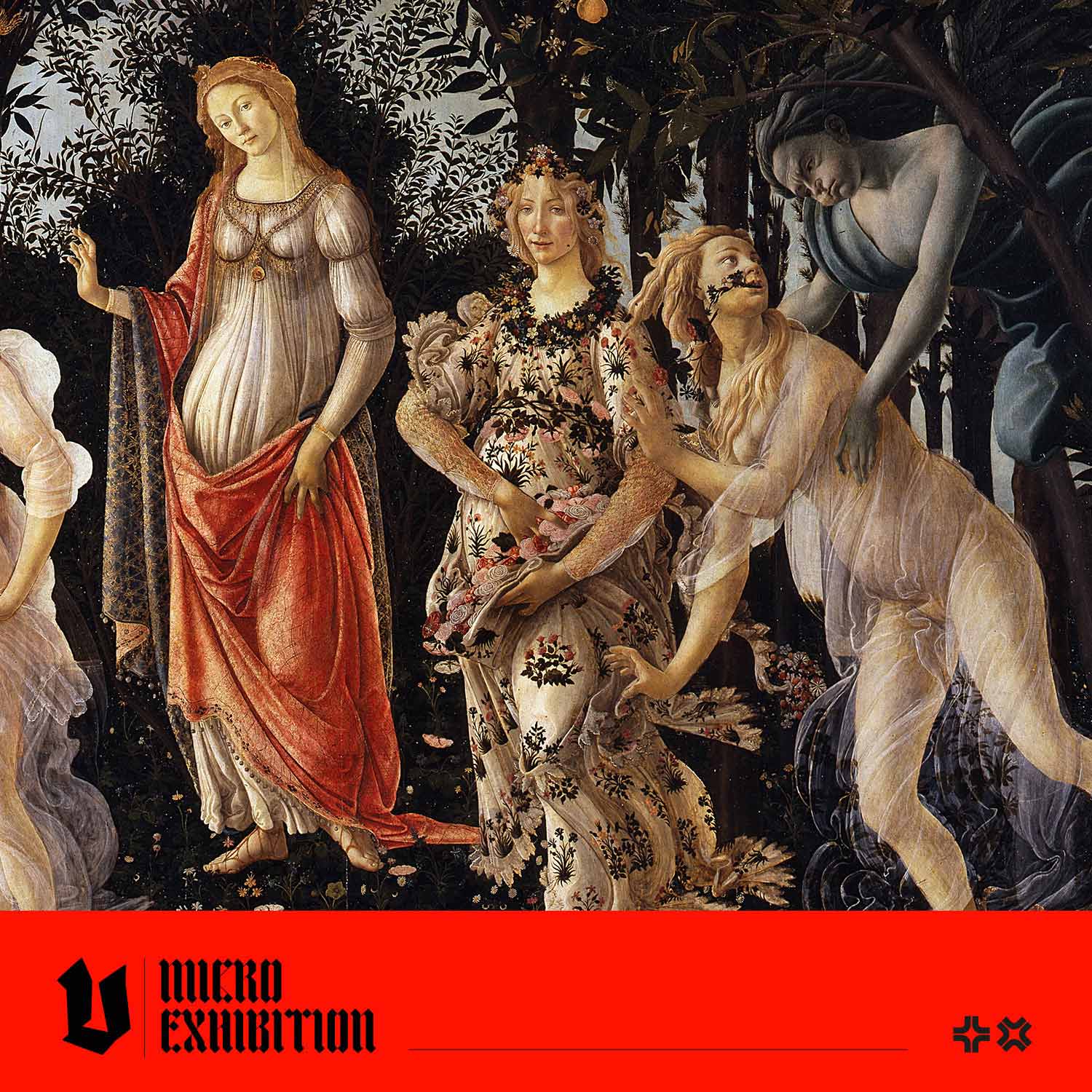Symbolism and Satire in J. J. Grandville's The Flowers Personified (1847)
In The Flowers Personified (Les Fleurs Animées, 1847), a garden blooms with far more than petals and leaves. This illustrated work combines the imaginative drawings of J. J. Grandville and the playful text of Taxile Delord. Flowers take on human form with personalities, moods, and moral inclinations. What begins as a charming floral fantasy unfolds into a subtle critique of 19th-century ideals around femininity, beauty, and social behaviour.
These illustrations aren't botanical studies in the scientific sense. Each flower becomes a character dressed in stylised petal gowns and adorned with leafy accessories, often caught in moments of vanity, reflection, flirtation, or distress. Their identities draw from floriography and folklore, and their behaviours reflect the social codes of the time.

Rose, from The Flowers Personified (1847), by J. J. Grandville
Flowers as Characters: Nature Given A Personality
The concept at the book's heart is simple: every flower has a soul. The shape of a blossom, its scent or colour, matches a human emotion and moral tone. Some are elegant and composed, others are vain or melancholic.
Rather than place flowers on a pedestal, Grandville and Delord give them human flaws. Some are envious, others silly or proud. In doing so, they parody the values and anxieties of the society that cultivated those traits. The garden acts as a stage for social comedy.

Camellia, from The Flowers Personified (1847), by J. J. Grandville
Four Notable Flowers: The Rose, Camellia, Poppy and Narcissus
The Rose
The rose is portrayed as noble and confident, aware of her desirability. She occupies the highest rung in the garden's hierarchy, admired and worshipped by others. But this admiration is tempered by a hint of arrogance as she ignores her kneeling subjects. Her character highlights the fine line between self-assuredness and pride.
The Camellia
The camellia is calm and composed. Her perfect symmetry and polished exterior leave little room for warmth. In the book's satirical tone, this flower is admired but emotionally distant. She represents a societal ideal, but although she is flawless on the outside, does she lack substance within?
The Poppy
The poppy, associated with sleep and dreams, is portrayed as ethereal and detached. Her beauty is soft and mysterious, but her role hints at moral ambiguity as she drugs the creatures at her feet. She seems to move in a drifting thought, untouched by society's rules.
The Narcissus
In Grandville's version, the narcissus is elegant but self-absorbed. The figure is not harmful but it is completely ignoring the other creatures around it. The allusion to the classical myth is clear: a beauty obsessed with itself may eventually die in solitude.

Poppy, from The Flowers Personified (1847), by J. J. Grandville
The Garden as an Interpretation of Society
Throughout the book, the garden acts as a mirror for the society Grandville knew. The flowers interact with one another much like humans: complimenting, judging, and gossiping. The rules of 'polite society' appear here, too, just in floral form. Some characters are celebrated for modesty, and others are gently ridiculed for vanity. The satire isn't harsh, but it exposes the absurdity of certain social rituals. By transforming flowers into personalities, the book pokes fun at how people assign value based on appearance, pedigree, or behaviour.
Narcissus, from The Flowers Personified (1847), by J. J. Grandville
Why Did Grandville Blend Fashion, Femininity, and Nature?
One of Grandville's most striking choices was to merge botanical form with high fashion. Skirts are made of petals, bonnets curve like blossoms and stems emerge from elegant bodices. This hybrid of woman and flower reflects the cultural idea that femininity requires the woman to be natural but simultaneously carefully constructed.
These illustrations speak to how women were often judged not only by their behaviour but also by their appearance. By blending the organic and artificial, Grandville plays with the boundary between nature and society. For more on the cultural meaning behind Les Fleurs Animées, Susan Hiner's article "From pudeur to plaisir"(2014) offers a compelling interpretation. Hiner's abstract states, " J. Grandville's Les Fleurs Animées, long dismissed as a homage to the delicate beauty of nineteenth-century femininity, should be read instead as a satire of that very ideal. Through a subtle dialogue between two popular 'feminized' genres - the flower book and the fashion plate - Grandville's illustrations of flower-ladies portray the natural world as a socialised and commodified space and disrupt the prevailing ideology of feminine pudeur that those visual genres worked to construct and maintain."

Thistle, from The Flowers Personified (1847), by J. J. Grandville




